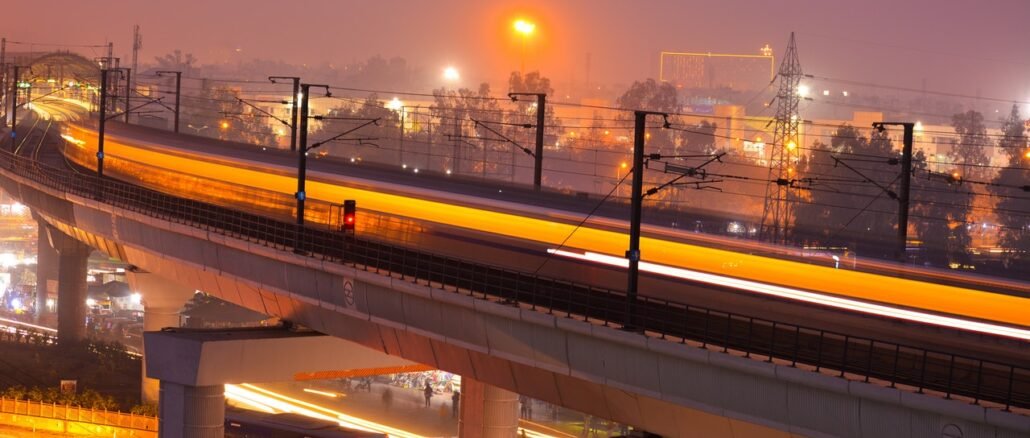
India has been experiencing a trade deficit for many years. A trade deficit occurs when the value of a country’s imports exceeds the value of its exports. This means that India was importing more goods and services than it was exporting, resulting in a negative balance of trade.
What is Trade Deficit?
A trade deficit occurs when the value of a country’s imports of goods and services exceeds the value of its exports. In other words, it’s the negative balance in the trade of goods and services between a country and its trading partners over a specific period, usually a year. This deficit means that the country is purchasing more goods and services from foreign sources than it is selling to foreign buyers.
The trade deficit can be attributed to a variety of factors, including:
- Oil Imports: India is a major oil importer, and fluctuations in oil prices can significantly impact its trade balance.
- High Import Dependence: India imports a significant amount of machinery, electronics, chemicals, and other goods to meet domestic demand.
- Export Composition: India’s exports primarily consist of services such as IT and software services, which might not always offset the value of goods being imported.
- Domestic Consumption: Rapid economic growth and a growing middle class have led to increased demand for imported goods.
- Currency Fluctuations: Exchange rate movements can impact the cost of imports and the competitiveness of exports.
- Infrastructure Challenges: Delays in infrastructure development and logistical issues can affect the cost and efficiency of trade.
- Global Economic Conditions: Global economic slowdowns can affect demand for Indian exports.
It’s important to note that trade deficits themselves are not inherently bad. They can be a natural outcome of economic growth and development, and they can also reflect a country’s ability to access a variety of goods and services from around the world. However, persistent and large trade deficits can raise concerns about a country’s economic stability and its ability to finance these deficits.
18153 Articles
Neel Achary is the editor of Business News This Week. He has been covering all the business stories, economy, and corporate stories.
Website
Facebook
Instagram
Twitter
YouTube
LinkedIn





